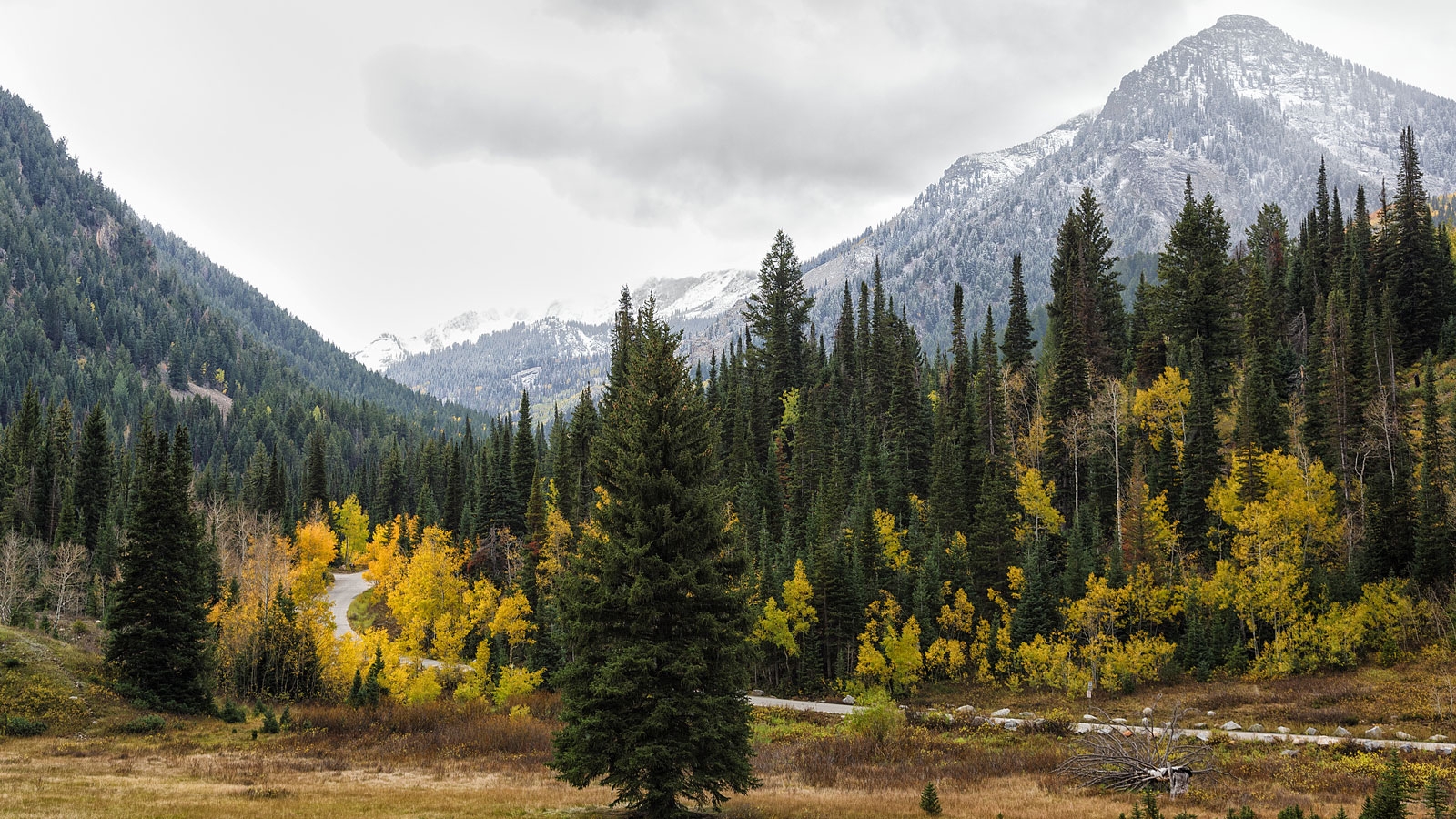The Mountain Accord was established to make critical decisions and implement solutions to preserve the Central Wasatch and ensure its long-term vitality. The Central Wasatch mountains are one of Utah’s most pristine and valuable natural resources. In the face of a rapidly growing population, those values could be at risk unless action is taken now. This unprecedented collaboration of diverse groups seeks to create a Blueprint for the future of the Central Wasatch. This Blueprint’s goal is to meet Mountain Accord’s purposes, which include responsible stewardship of natural resources, preservation of quality recreation experiences, establishing an environmentally sustainable transportation system, and contributing to a vibrant economy.
On August 3, 2014, a historic agreement, 30 years in the making created the Mountain Accord. In signing the Accord, they created a new context to address long standing contentious issues that have muddled decision-making for decades. The Accord is the culmination of two years of public feedback and an unprecedented locally-led process among government agencies, environmental advocacy groups and ski resorts and private landholders. It’s visions, directives and principles will guide future decision-making in the Central Wasatch and help build a legacy of good stewardship for the future.
As directed by the Mountain Accord Executive Board, The Central Wasatch Commission (CWC) was created. The CWC’s mission is to implement the actions outlined in the Accord and they will continue Mountain Accord’s tradition of public engagement, transparency and consensus building.
The Central Wasatch Commission (CWC) is an interlocal agency and a political subdivision of the State of Utah. The CWC will formalize collaboration and streamline decision-making among the multiple jurisdictions with authorities in the Central Wasatch Mountains. The area of focus is between I-80 and the Salt Lake County line south of Little Cottonwood Canyon.
Why is Save Our Canyons involved in the Mountain Accord?
Save Our Canyons staff and volunteers have been heavily involved in this important process from the beginning. We hold a seat on each of the four “system groups” as well as the “executive committee” which means we have a powerful opportunity to impact the decisions being made about the future of our environment and watershed.
We continue to be involved because the built environment of the Wasatch Mountains that exist today are the results of piecemeal jurisdictional decision making, the result of conflict, decisions made by judges evaluating whether an authorization was legal — not whether it was a sage land use decision. The Mountain Accord process is heavily weighted by the concerns of the public — the public that skis, the public that hikes, the public that visits on a daily basis, and the public that never sets foot inside our national forest. All voices matter!
As a visitor to the Wasatch Mountains, member of Save Our Canyons, or a lover of wild places your voice and involvement in the Mountain Accord process is vital. Below you will find resources to learn more about our involvement in the Mountain Accord.
List of resources:
- Mountain Accord July 13, 2015 Accord final document
- Mountain Accord; The Most Critical Issues are Looming for the Wasatch Mountains
- Save Our Canyons comments on Mountain Accord “Proposed Blueprint”
- Save Our Canyons “Idealized Transportation Concept”
- Mountain Accord Update; Cottonwood Canyon Task Force Negotiations
- Op-Ed: Mountain Accord is Utahn’s chance to shape the future by Carl Fisher, Save Our Canyons Executive Director
- Wasatch Environmental Update; Mountain Accord by John Worlock (Member, Save Our Canyons Board of Directors)
- United States Forest Service Federal Designations Briefing Paper


